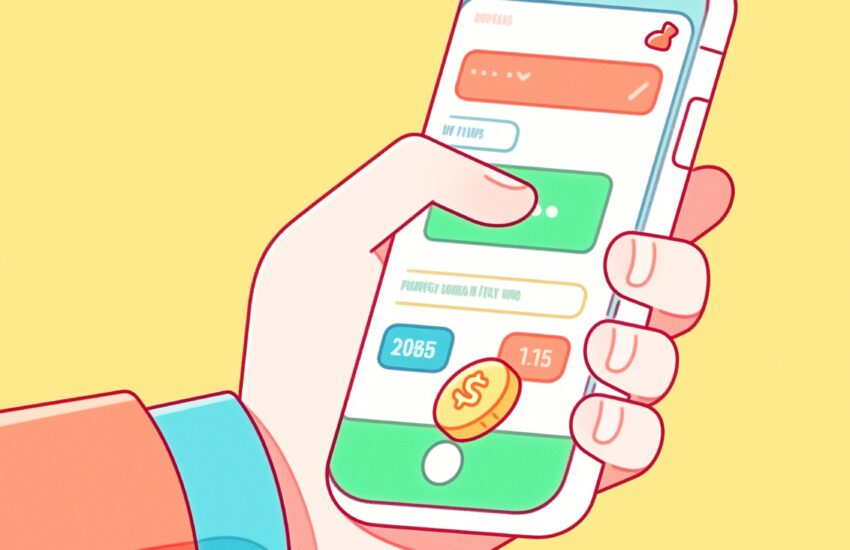Every year, millions of smartphones are retired as people upgrade to the latest models. But have you ever wondered what happens to your old phone once you recycle it? Recycling isn’t just about tossing your device into a bin—it’s part of a process that ensures valuable materials are reused and harmful waste is properly managed. Let’s take a closer look at the journey of a recycled phone!
Step 1: Collection and Sorting
When you recycle your phone, it’s first collected and sorted by recycling centers or companies specializing in electronics. Depending on its condition, the phone will be classified for one of two paths:
- Refurbishment for Reuse: If your phone is still functional, it might be repaired and resold.
- Recycling for Materials: If it’s no longer usable, it will be dismantled for valuable components.
Step 2: Data Erasure
Before any further action, the phone undergoes a data erasure process to ensure your personal information is completely wiped. Responsible recycling companies use certified tools and methods to permanently remove all data from the device.
💡 Pro Tip: Always back up your data and factory reset your phone before recycling it for added peace of mind.
Step 3: Dismantling and Material Recovery
For phones that are no longer functional, dismantling is the next step. Skilled technicians or automated machines carefully break down the phone into its core components:
- Metals: Gold, silver, copper, and aluminum are extracted from circuit boards and wiring.
- Plastics: The plastic casing is sorted and repurposed for new products.
- Glass: The glass screen is recycled into materials like fiberglass or new screens.
- Lithium-ion Batteries: Batteries are removed and sent for specialized recycling to recover lithium, cobalt, and nickel.
This process ensures that precious resources don’t go to waste and that toxic materials, such as lead or mercury, are safely handled.
Step 4: Reuse in New Products
The recovered materials don’t go to waste. Instead, they’re given a new lease on life:
- Electronics: Recycled metals often end up in new smartphones, laptops, and other tech gadgets.
- Industrial Uses: Materials like cobalt and lithium are used in batteries for electric vehicles.
- Everyday Items: Plastics and metals can even find their way into products like jewelry, tools, or furniture.
Step 5: Environmental Impact
By recycling your phone, you’re contributing to:
- Reducing E-Waste: Millions of phones end up in landfills each year, where they can leach harmful chemicals into the environment. Recycling prevents this.
- Conserving Resources: Mining for new materials is energy-intensive and damaging to the planet. Recycling reduces the need for raw material extraction.
- Lowering Carbon Emissions: Repurposing existing materials requires less energy than producing them from scratch.
Why It Matters
When you recycle your phone, you’re not just decluttering your life—you’re taking an active role in protecting the environment. Every recycled phone reduces e-waste, conserves valuable resources, and helps build a sustainable future.
Ready to Recycle?
At Gbuyback.com, we make phone recycling simple, secure, and rewarding. Trade in your old device with us today and join the movement toward a cleaner, greener planet!
📱 Start Recycling Now at Gbuyback.com
#RecycleYourPhone #Sustainability #Ewaste #GoGreen


